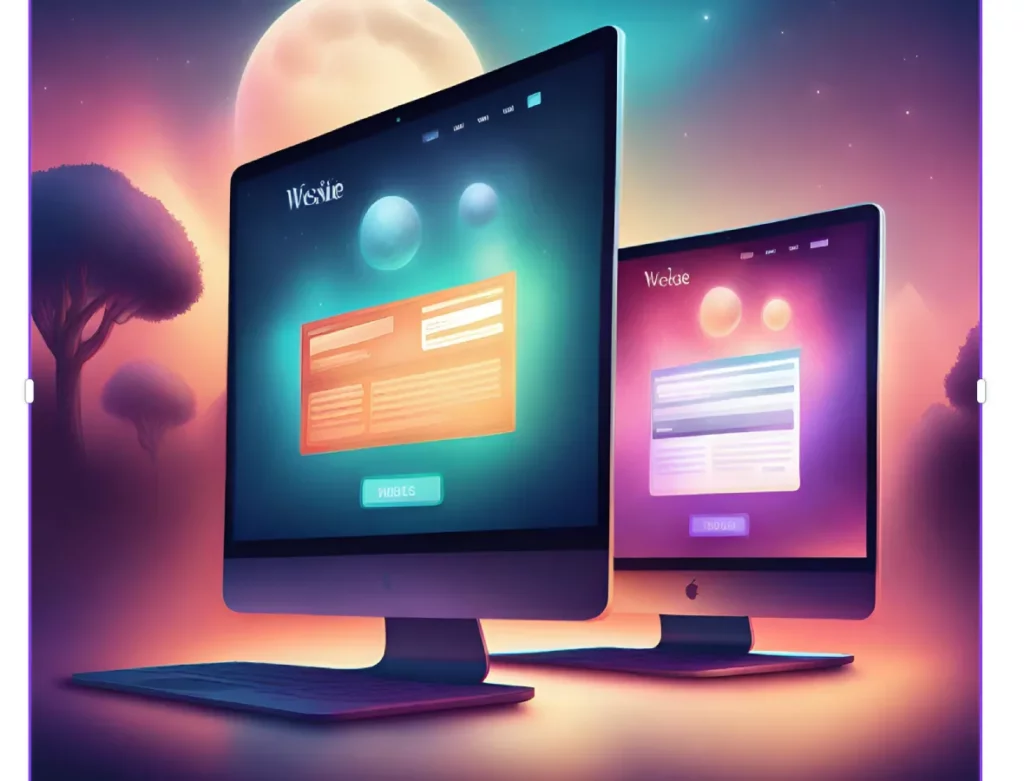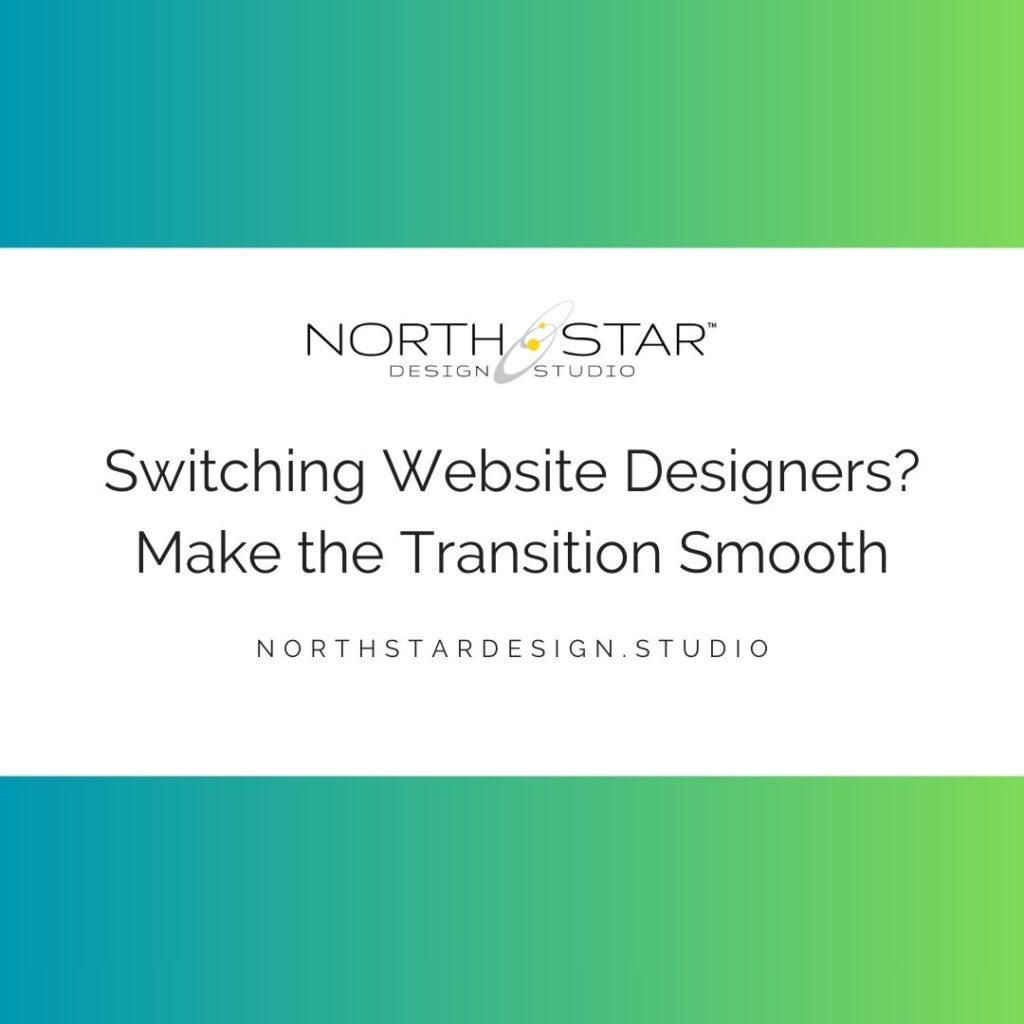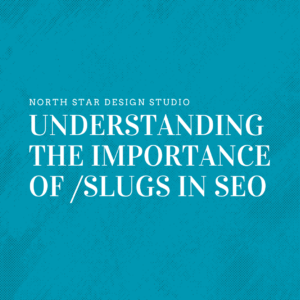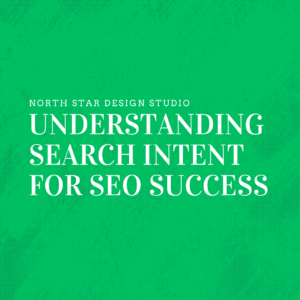The Fear Factor: Why Businesses Hesitate to Switch
Switching your website designer can seem like stepping into the unknown. Business owners fear loss of data, downtime, and potential chaos. But the benefits—like improved UX, superior SEO, and conversion optimization—far outweigh the risks.
Audit Your Current Situation
Before taking the leap, evaluate your existing web development services. Take note of what works and what doesn’t. This is where Competitor Analysis can offer valuable insights.

Evaluate Your Design Elements
Review the visuals, functionalities, and user experience currently in place.
Importance of Competitor Analysis
Use Competitor Analysis to understand how your website stacks up against those in your industry.
Research and Interview New Agencies
Flying blind when picking an agency for your website can backfire spectacularly. You’re not just choosing a vendor; you’re picking a long-term partner. Here are some tips to get you matched with the right fit.
Check Their Expertise
- Portfolio Review: Take a good, hard look at their previous work. Does it impress you? Do the websites they’ve designed perform well and look professional?
- SEO and UX Skills: Agencies worth their salt should excel in areas like Keyword Research and Monthly Maintenance. Make sure their services align with your needs.
- Specializations: Every agency has its strengths and weaknesses. Choose one that specializes in areas where you need the most help.
Conduct Interviews
- Technical Questions: Query them on Keyword Research and other SEO techniques. Their answers should reveal the depth of their expertise.
- Case Studies: Ask for real-life examples where they’ve made a quantifiable difference.

Additional Due Diligence
- Community Engagement: Are they active in their professional community? Frequent engagement indicates a commitment to staying updated and networking, which can indirectly benefit you.
- Local Involvement: If local presence is vital for you, see if they’re engaged in your community. This can often translate to better understanding and alignment with your business needs.
- Read Reviews: Client testimonials and reviews can offer unfiltered insights into an agency’s capabilities and reliability.
- Value Alignment: Do their values resonate with yours? This could be an essential factor for a harmonious, long-term relationship.
- Ask for References: Talk to some of their current or past clients. They’ll provide insights you won’t find anywhere else.
By meticulously vetting prospective agencies, you’re not just outsourcing work; you’re building a partnership that should last for years and yield significant ROI. So invest the time in due diligence; your website (and sanity) will thank you.
Backup Everything
Don’t play Russian roulette with your data; back it up, period. Website downtime or loss of data doesn’t just cost you money—it also deals a heavy blow to your reputation.
Why Backups Matter
You might think, “I’ve got good security measures, why bother?” Well, accidents happen. Human error, server crashes, or cyber attacks could all spell disaster. According to a study by the Ponemon Institute, the average cost of downtime can range from $5,600 per minute to over $9,000 per minute for larger businesses. Data loss is not just a tech problem; it’s a business crisis.

How to Perform Backups
- Cloud-Based Services: Think Google Drive, Dropbox, or specialized services like Backblaze. The perk is accessibility; you can retrieve your data from anywhere.
- External Hard Drives: Good old-fashioned, but reliable. Make sure it’s stored in a secure location away from your primary business operations.
- Automated Solutions: Many website platforms offer automatic backup options, so your data is saved at regular intervals without you lifting a finger. Services like UpdraftPlus for WordPress make this a breeze.
- Server-Level Backups: If you’re more tech-savvy or have an IT team, server-level backups offer another layer of security.
- Test Your Backups: Don’t just set it and forget it. Periodically, test your backups to ensure that they can be restored successfully.
By taking a multi-pronged approach to backups, you create a safety net that could very well save your business one day.
Take Control of Your Tech Stack
Make sure you’re the primary account holder for all your digital assets—hosting, domain registration, Google Business Page, and more. This will give you full control when you transition to a new website design company.
Domain Registration
It’s crucial to own your domain name. This is your business’s online identity and transferring a domain can be complicated if you’re not the owner. Confirm that your business name is the registered owner and not your current web designer.
Hosting Services
Control over your web hosting service allows you to backup, move, or alter your website as needed. Make sure that the account is under your name and that you have all the necessary access credentials.
Email Services
Your email service is vital for communication. Ensure that it’s not tied to your current designer in any way that would interrupt service during a switch.
Further Reading: 3 Reasons to use a professional email address and how to create one
Google Business Page
Your Google Business listing contributes to local SEO and customer interaction. Make sure you own the account to promptly update information and respond to reviews.
Google Analytics Account
Own your Google Analytics account to continue gathering data about website traffic, user behavior, and other key metrics, even after you make the switch to a new website design company.
Further Reading: How to Create a Google Account for Business: A Complete Guide
Social Media Profiles
Your social media accounts are a direct line to your audience. You should have complete control over these accounts, ensuring uninterrupted communication with your followers during the transition.
Further reading: How Social Media Impacts SEO and Search Rankings
Making the Switch
Switching to a new website designer isn’t as daunting as it seems, especially when you take calculated steps to ensure a seamless transition. Let’s delve into some aspects to consider:
Timing is Everything
Decide on an ideal timeline for making the switch. This helps to minimize downtime and ensures that your business operations are least affected.
Coordinate with All Parties
Switching to a new web design agency involves more than just a casual handover; it’s a coordinated effort that involves multiple stakeholders. Everyone, from your internal team to external vendors, should be aware of the change. Here’s how to do it right.
Open Lines of Communication
- Developer-to-Developer: Ensure the outgoing and incoming web design teams are in sync. This is critical for a smooth transfer of data, codes, and assets.
- Service Handover: Monthly maintenance, security checks, and other ongoing services should be clearly defined for handoff to avoid any lapses.
Notify Key Stakeholders
- Internal Team: From marketing to customer support, your team should know you’re switching agencies. They may have to interact with the new agency at some point, so prepping them in advance avoids surprises.
- External Vendors: Whether it’s your advertising agency, SEO partners, or even your hosting/domain account reps, everyone should be informed. This helps in seamless collaboration moving forward.
- Social Media Managers: These folks need to be looped in too, especially if your new design includes any form of social integration or if changes could impact your social presence.
Document Everything
- Contract Closure: Wrap up all legal and financial obligations with your current agency to avoid any future hiccups.
- Data Backup: Before any transition occurs, ensure all your critical data is backed up securely.
Create a Transition Roadmap
- Timeline: Establish a realistic timeline for the transition. This will serve as a guiding light for everyone involved.
- Milestone Check-ins: Set up checkpoints to review progress and make any necessary adjustments to the plan.
- Emergency Contacts: Ensure everyone knows whom to contact in case of unexpected issues during the transition.
Changing your web design agency is a monumental step that affects many layers of your business. Coordinating this transition meticulously can spell the difference between a seamless handover and a chaotic mess. Trust me, no one likes a chaotic mess.
Use SEO-Optimized Content Writing
The moment you switch to a new designer is a perfect opportunity to revamp your content. Quality, SEO-optimized content can make a significant impact right from the start. Here’s where SEO-optimized Content Writing can make a big difference.
Leverage Conversion-Focused Website Development
As you make the transition, think beyond aesthetics. Your new website should not just look good but also turn visitors into customers efficiently. Utilize conversion-focused website development to ensure that your site is designed with this goal in mind.
Test Before Going Live
Before fully committing to the switch, test the new site for functionality, broken links, and ensure all redirects are in place. It’s better to catch errors before your customers do.
Finalize the Switch
Once you’re confident that everything is set up correctly, it’s time to finalize the switch. Monitor the website closely for any issues during the first few weeks and be prepared to make quick adjustments.

By being strategic about the switch, you’re laying the groundwork for a more productive relationship with your new website designer and, ultimately, a more successful online presence for your business.

Conclusion: Take the Leap
If your current setup isn’t bringing you the ROI you deserve, it’s time to consider switching. With careful planning and the right new partnership, a change can bring about transformative results for your online presence. Find a better website design company now.





